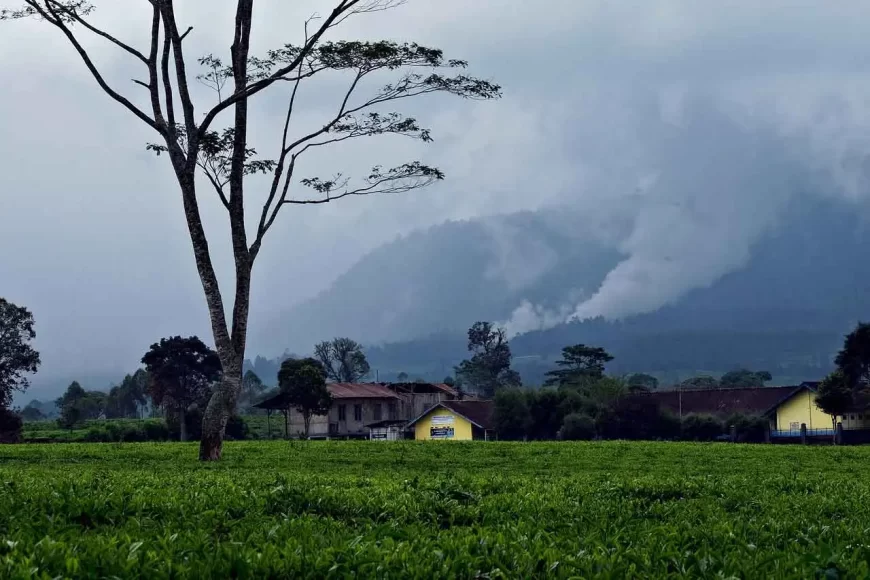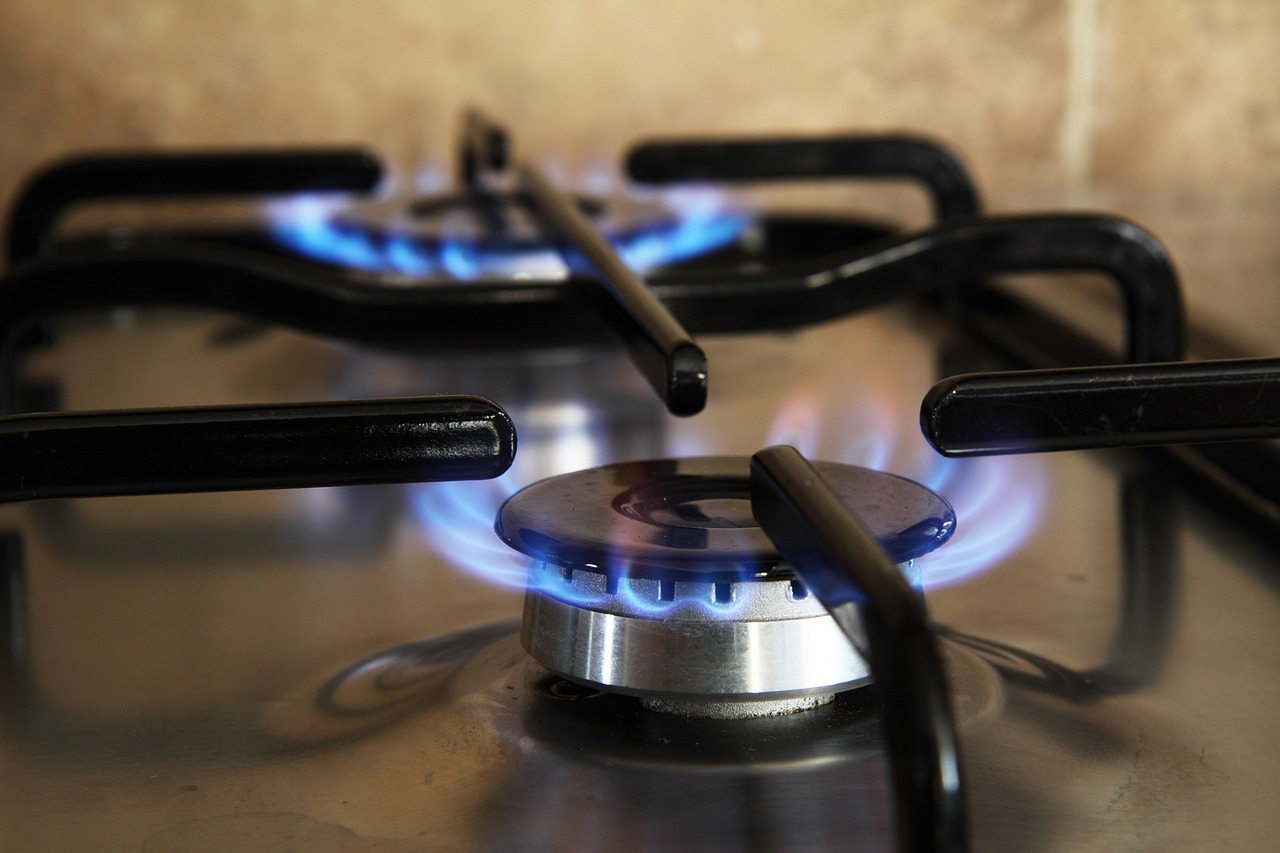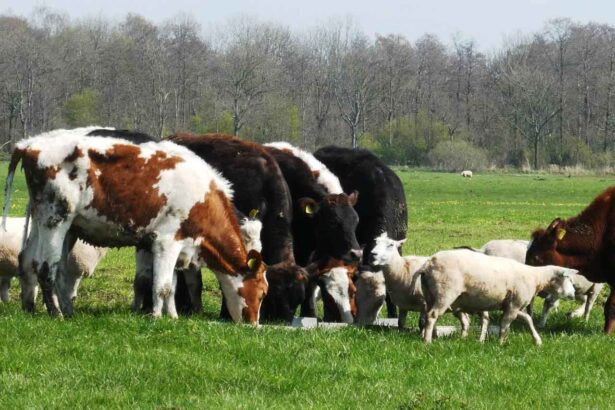Waste Management for Tea Factories in Kenya

Waste management for tea factories in Kenya is a critical issue. Tea factories generate a lot of waste, including leaves, stems, and other plant materials. If not properly managed, this waste can pollute the environment and cause health problems for people and animals.
In Kenya, Tea is one of the most popular drinks and an essential part of the country’s culture. The tea industry is a significant contributor to the Kenyan economy, with over 600,000 small-scale farmers and more than 2,000 large-scale tea estates across the country. With such a large tea industry, there is a significant impact on the environment regarding the amount of waste produced and the chemicals used in tea production. A sound waste management system will help mitigate this critical industry’s environmental effects.
In this post, we shall discuss the different types of waste generated by tea factories and how factories are supposed to manage the waste. Read through the article to learn more about your tea’s effects on the environment.
Table of Contents
- 1. Solid Waste Management for Tea Factories in Kenya
- Disposal of solid waste from tea factories
- 2. Wastewater management for tea factories in Kenya
- Liquid Waste Treatment Enzymes and Microbes
- Benefits of Waste Management for Tea Factories in Kenya
- FAQs About Waste Management for Tea Factories in Kenya
- Final Word
In the process of waste management for tea factories in Kenya, you will identify the following types of waste:
Solid waste. It is the actual waste generated by the many tea production processes. Before tea becomes consumable grade, it goes through many processes, all of which leave behind some solid material. It is this solid material that is considered solid waste.
Liquid waste. It is the waste generated mainly from factory cleaning activities. Tea factories handle human food, so they need to be cleaned regularly. The wash water from these cleaning exercises is the liquid waste generated by the factory.
Thermal waste. It is the heat lost due to various processes in tea production. Dry flue gas, hydrogen, and moisture are the most significant heat sources in waste management for tea factories in Kenya. To effectively manage thermal waste, tea factories should ensure the boilers are energy efficient and that there are no leaks.
1. Solid Waste Management for Tea Factories in Kenya
As we have seen above, solid waste is generated during the many processes involved in tea production. The waste is a mixture of organic and inorganic waste. Factories should put proper measures in place to ensure the waste is separated. Waste separation means easier handling, treatment, and disposal.
The following is a breakdown of the various types of tea production processes and the kind of solid waste they generate:
- Leaf collection. It is the first step in tea production. There are two types of waste at this stage, green leaves and gunny bags. The green leaves are biodegradable (organic), while the gunny bags are inorganic.
- Withering. It is the second step in tea processing. It is the controlled process of moisture loss from the tea leaves. It is done to prepare the tea leaves for further processing. It makes the tea develop flavour and aroma. The main solid waste at this stage is still organic tea leaves.
- Leaf maceration. It is the next step in tea processing. It is the tearing and bruising of tea leaves to encourage oxidation. The tea leaves are bruised by shaking in bamboo baskets. The waste generated here is organic green leaves and inorganic metal chips.
- Fermentation or oxidation. It is the process of thoroughly drying the tea leaves. The process turns the leaves from green to dark brown. The solid waste at this stage is organic pekoe dust.
- Drying. It is the last stage in manufacturing tea. The tea is placed in hot chambers where it is steamed to lose any remaining moisture content. The solid waste generated here is organic pekoe dust.
- Sorting. It is the final step in making tea available to consumers. Its objective is to grade the tea according to the size of the particles. Any large unprocessed leaves will also be removed at this stage. The solid waste generated here is pekoe dust and paper, which are both organic.
Disposal of solid waste from tea factories
After the solid waste has been generated, the factory has to devise measures to dispose of the waste. Disposal is the most critical step in waste management for tea factories in Kenya. It determines how far or by how much the factory will pollute the environment.
The following are some of the ways solid waste can be disposed of in tea processing factories:
- i. Selling. Tea waste can be sold to the caffeine extraction industries. Caffeine is useful in many pharmaceutical manufacturing processes. By selling tea waste as raw materials for caffeine extraction, the pharmaceutical industry in Kenya will have a constant supply of this crucial ingredient.
- ii. Exporting. Some tea factories are located in areas with no caffeine industry nearby. As a measure of waste management for tea factories in Kenya, the waste can be exported to other places where the caffeine industry exists. As long as there are operational pharmaceutical companies in Kenya, caffeine will always be in demand, which means tea waste will always be useful.
- iii. Manufacturing of instant tea. Tea waste can also be used in the processing of instant tea. The caffeine is separated from the waste tea before making instant tea. Excess tannin will also be reduced at this stage.
- iv. Poultry and pig feed. After removing caffeine and excess tannin, tea waste can be used as an ingredient in the manufacturing of poultry and pig feed. Feed containing tea waste increases pigs’ immunity and increases layers’ egg-laying capacity.
- v. Fish feed. Tea waste can also be used as fish feed. After decaffeinating, the waste is mixed with water and mustard cake which becomes healthy fish feed. The feed is known to aid greatly in the growth and development of the fish.
- vi. Biofertilizer. Tea factories can use tea waste in composting and biodigestion to produce organic fertilizer. Tea factories can give back the waste to the farmers at a small fee so that the farmers can use it to make organic manure. To earn how to better compost or for biodigesters for tea factories in Kenya, contact Biozone Kenya. At Biozone, you will get tailor-made biodigesters that suit your needs, plus top-notch composting consultation.
- vii. Incineration. Burning is another way that solid waste can be disposed of. The method is not encouraged since it will release harmful gases to the environment. The method is also expensive since the factory has to acquire expensive equipment like incinerators.
- viii. Landfills. For inorganic waste like metal chips and gunny bags, factories are supposed to use landfills to bury the waste. Before landfill disposal of waste, the factory should obtain valid licenses from the relevant authorities to avoid lawsuits.
2. Wastewater management for tea factories in Kenya
Liquid/ wastewater management for tea factories in Kenya is another important aspect of handling this waste. As we have seen above, large quantities of wastewater in tea factories come from the washing and cleaning exercises inside the factory. The wash water from these cleaning exercises contains oils, grease, tea particles, organic matter, etc., which will pose a problem when it comes to its disposal.
A tea factory will normally have two cleaning exercises, major and minor. Major cleaning is usually done biweekly, whereby the entire factory will be cleaned. Minor cleaning is done daily and involves cleaning sections that need to be cleaned, like the footbath.
Due to the large quantities of water involved in these cleaning exercises, every tea factory should have a wastewater treatment plant. Like in other industries like slaughterhouses, milk factories, sugar factories, etc., the plant will help the factory effectively manage, treat, and safely dispose of wastewater.
Biozone Wastewater Treatment Plant
For better wastewater management for tea factories in Kenya, you will need to know about the various wastewater treatment options available. At Biozone Kenya, we offer consultancy based on the kind of liquid waste you generate so that you may be better placed to have the best Liquid waste treatment plant for your establishment. Biozone offers three alternatives for liquid/water treatment, as explained below:
1. Primary Liquid Waste Treatment plant
Biological treatment is not always the best, or at least not the complete solution to all industrial wastewater applications. The wide range of possible impurities in industrial wastewater streams sometimes requires employing several physical-chemical treatment steps to remove the contaminants to a level that will allow for the discharge or reuse of the wastewater.
Dissolved contaminants, suspended matter, fats, oils, and grease (FOG) can require other technologies and solutions for effective treatment. For a low-cost tea factory wastewater treatment plant, consult Biozone Kenya today.
2. Anaerobic Liquid Waste Treatment Plant
Without oxygen, many anaerobic microorganisms work together to decompose organic matter. The microbiology behind the process is more complex and delicate than that of aerobic processes, where most bacteria work individually. It is mainly why anaerobic systems require greater control and monitoring to perform efficiently.
This type of treatment is very effective in the removal of biodegradable organic compounds. It is especially suitable for organic wastes and wastewater streams highly loaded with organic contaminants. It converts them to mostly methane gas and carbon dioxide, with little excess sludge generation. For further inquiries or a quotation on an anaerobic wastewater treatment plant, contact Biozone.
3. Aerobic Liquid Waste Treatment Plant
Highly effective and able to generate very high-quality effluents, aerobic biological wastewater treatment processes were once the solution applied to treat most types of industrial wastewater. Nowadays, with far greater emphasis on energy efficiency and the minimization of residuals (i.e., waste sludge), they are mostly limited to diluted industrial wastewater and as a polishing step after anaerobic treatment.
However, when strict discharge requirements are present, it is still impossible to design a full biological treatment for any wastewater without applying at least one aerobic step. Therefore, our portfolio of technologies also includes various aerobic treatment systems. This way, we can offer you a complete range of wastewater treatment solutions to meet any discharge requirements. For further inquiries on aerobic wastewater treatment, contact Biozone Kenya.
Liquid Waste Treatment Enzymes and Microbes
Biozone Environzyme BFB
The Environzyme BFB is a microbiological combination of aerobic and anaerobic bacteria and multi enzymes that break down wastewater to clean effluent. It is a dry free flowing powder that contains a concentrated source of free-flowing hydrolytic enzymes and ten strains of natural bacteria capable of producing enzymes in wastewater treatment systems under aerobic and anaerobic conditions.
Whether in the Biozone Wastewater Treatment Plants or an existing wastewater treatment plant already in your establishment, the Environzyme BFB is the enzyme and microbial formula you will need to break down and digest organic matter effectively.
The notable advantages of Environzyme BFB are:

- More volumes will be digested, and hence the sludge volume will be reduced.
- Eradicates bad odour.
- To pump and dewater the sludge will be easier.
- The capacity of your treatment will be increased since more organic matter will be digested.
- The time taken to digest organic matter is less.
- The treatment system is easily balanced.
- The aeration stage in the treatment will be faster and more effective.
- The digesters will perform evenly and uniformly since the organic matter is properly digested.
Benefits of Waste Management for Tea Factories in Kenya
The following are the benefits accrued from proper waste management for tea factories in Kenya:
- Source of income. Selling and exporting tea waste to caffeine industries is a source of income for the factory. That means the cost of production will be low hence increasing profits.
- Saves the environment. If proper waste management for tea factories in Kenya is adhered to, pollution to the environment will be reduced. That is because solid and liquid waste from tea factories contains contaminants and pollutants that will be harmful to the environment.
- Source of energy. The anaerobic wastewater management for tea factories in Kenya produces biogas that can be used as an energy source in the factory. That means the factory will be saving n energy costs which will increase its profits.
- Source of organic fertilizer. In solid waste management for tea factories in Kenya, one of the ways employed in the disposal of waste is composting. Composting will generate nutrient-rich organic manure that can be sold back to the farmers to be used as tea manure.
- Source of animal feeds. Solid waste management for tea factories in Kenya can be achieved by further processing the waste into poultry, pig, and fish feeds. That means the factory will have an extra source of income.
FAQs About Waste Management for Tea Factories in Kenya
What is the waste generated by tea factories?
Many people ask about the kind of waste generated by tea factories. Tea factories generate three types of waste, solid, liquid, and thermal. Solid waste takes the largest part of the total waste and it is mainly used in other industries as a raw material. The liquid waste is generated through the many cleaning and washing exercises necessary in a tea factory. Thermal waste is the heat lost to the atmosphere because of the heat-intensive activities of the factory, especially in drying the tea.
What can be done to improve waste management in tea factories?
There are those asking about the measures that can be taken to ensure and improve waste management for tea factories in Kenya. To avoid environmental pollution either knowingly or unknowingly, the following protocols should be in place:
– Properly identify each type of waste generated and the quantities that need further action.
– Every tea waste buyer or company should have a valid license allowing them to do so.
– All tea waste generated should be documented, with proper records being kept for all disposed waste and the ones in stock.
– The government agencies responsible for waste management for tea factories in Kenya should treat all factories equally without exemptions to create a level playing field.
– The government should keep advising the tea factories on all the scientific and environmental ways of disposing of waste.
– The neighbouring community to any tea factory should be vigilant and report any form of environmental pollution by the tea factory.
Final Word
It is evident that waste management for tea factories in Kenya is a pressing issue. While there are many factors to consider, the most important thing is to find a solution that is effective and sustainable. With the right approach, waste management for tea factories in Kenya can be a success. That will help to reduce environmental pollution and also create a healthier working environment for employees.
For proper waste management for tea factories in Kenya, you will need an expert opinion on the best practices, equipment, and chemical agents/solutions to use. Biozone Kenya is the leading firm in the design and construction of wastewater treatment plants and biodigesters in the country. For the best services on waste management contact them today.


